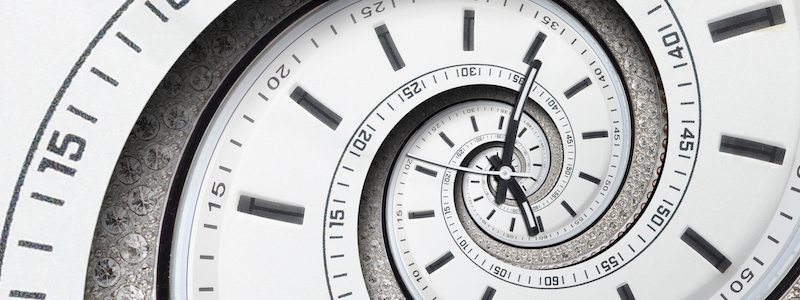A successful organization redesign means allocating considerable time and energy from your best employees to create the best outcomes. If you do not decide enough time, identifying strategic deficiencies and designing solutions can suffer from incomplete analysis, missed deadlines, and employee burnt-out. However, the right amount of time helps motivate and engage team members while achieving optimal results.
How can you determine what the right amount of time will be? We use these five simple steps to guide planning from the original concept through full implementation:
· PHASE ONE: Diagnosis/Assessment. Use the cube model outlined in our book, Mastering the Cube to evaluate current processes, organizational structures, and capabilities. This helps identify which areas may need realignment with your strategic goals and objectives. Make this phase as inclusive as possible, drawing on a range of employees, customers, and other stakeholders to ensure the diagnosis is complete and objective.
· PHASES TWO AND THREE: Strategy and Macro Design Development. Assemble a cross-functional leadership team to address these two overlapping phases. Compare the high-level diagnosis/assessment findings from Phase One against components of your organizational strategy to identify and address strategic deficiencies. As a macro design team moves forward, it may revise the existing strategies as it creates a potential new business model and/or delivery process that meets current and new strategic goals.
· PHASE FOUR: Micro Design Alignment. Once macro development is complete, you will need to break the new model to smaller and more granular organizational levels. This phase requires teams of subject matter experts from each unit targeted for change. These teams will clarify roles and responsibilities under the new model; design more effective work processes; identify needed skills and talents; and align the information and metrics required to ensure the new organizational strategy is executed efficiently and effectively.
· PHASE FIVE: Implementation and Sustainability. The final phase calls for creating and implementing a coordinated plan to deliver the benefits of the new strategic changes. As changes are introduced throughout the organization, the team monitors the results and updates plans to encourage the desired new behaviors and sustainable results.
Now that you have broken down your organization redesign process into these five phases, you are ready to decide how much time it will take to complete each phase and each step within each phase. Using Phase Two as an example, think about the components for developing a new strategy. This includes understanding:
· How are we going to win in our market?
· What will set up apart from the competition?
· How to we align our organization to best enhance the capabilities we need to effectively pursue that strategy?
Now apply principles of the Agile methodology to organize each phase into short sprints or iterations that focus on one specific problem at a time. Allow four to five days per sprint so these macro design sessions can enable the right people to propose solutions for issue identified. Once you have mapped the specific work to the strategic outcomes for a specific issue, you will have a better feel for how much time each step will require. Whether it ends up being two days or two weeks depends on such factors as how complex the activity is and the scope of the redesign initiative.
Once you work through a couple of macro design sessions, the team can move on to micro design. Since micro design addresses operational and tactical considerations, these sessions tend to take longer than the higher-level macro sessions. Micro-design teams break work down into more and more granular levels, producing more accurate plans and estimates. We find that this iterative process – sprints, macro-level design, micro-level design, and then repeating the loop to make continual improvements – works best for most redesign initiatives.
Throughout this process, leaders must ensure that each level of the organization is committed to achieving optimal alignment with the new strategic goals. Work with your change partner (either internal or external) to make sure teams identify the best strategic and operational alternatives to move the organization forward.





